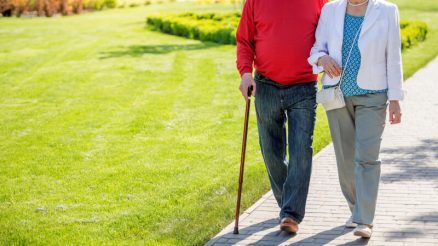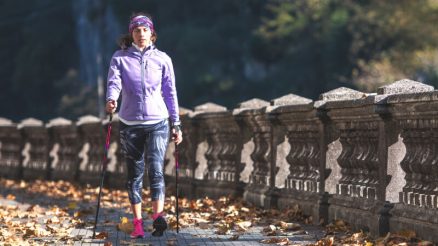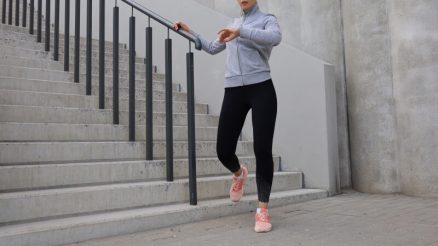Walking alone, whether it’s for exercise, commuting, or simply enjoying some solitude, can be a peaceful and liberating experience. However, it’s also natural to feel a sense of vulnerability, especially during certain times or in unfamiliar areas. The good news is that with a few proactive steps and a strong awareness of your surroundings, you can significantly enhance your personal safety.
This guide will provide you with practical tips and strategies to help you feel more secure and confident when walking alone.
1. Cultivate Situational Awareness
Your best defense is a strong offense, and that starts with being aware of your surroundings.
- Unplug and Look Up: Resist the urge to bury your face in your phone, listen to loud music, or get lost in thought. These distractions make you an easy target. Keep your head up, observe the people and environment around you, and make eye contact with passersby.
- Trust Your Gut: If a situation or a person makes you feel uneasy, listen to that instinct. Your intuition is a powerful safety tool. Cross the street, change direction, or enter a public place if something feels off.
- Scan Your Environment: Regularly check what’s ahead, behind, and to the sides. Notice exits, potential hiding spots, and any unusual activity.
- Vary Your Routine: If you walk the same route at the same time daily, consider changing it up occasionally. Predictability can make you a target.
2. Plan Your Route and Be Prepared
Preparation is key to minimizing risks.
- Choose Well-Lit, Familiar Paths: Whenever possible, stick to well-lit, populated streets, especially at night. Avoid shortcuts through alleys, parks, or deserted areas.
- Inform Someone: Let a friend or family member know your route and estimated time of return. You can even use apps that allow them to track your location in real-time.
- Carry a Fully Charged Phone: Your phone is a lifeline. Ensure it’s charged before you leave and easily accessible, but avoid using it as a distraction.
- Dress Appropriately: Wear comfortable shoes that allow you to move quickly if needed. If walking at night, wear reflective clothing.
- Know Emergency Numbers: Memorize local emergency numbers (e.g., 999, 112, or 911 depending on your region) and have them on speed dial.
3. Deterrents and Self-Defense Tools
While prevention is primary, having deterrents can add an extra layer of security.
- Project Confidence: Walk with purpose, head high, and shoulders back. Attackers often look for individuals who appear vulnerable or distracted.
- Consider Personal Safety Devices:
- Personal Alarm: A loud personal safety alarm can startle an attacker and draw attention. They are small, easy to carry, and require no special training.
- Pepper Spray/Mace: If legal in your area, pepper spray can be an effective deterrent. Ensure you know how to use it safely and effectively before you need it.
- Self-Defense Classes: Learning basic self-defense techniques can boost your confidence and provide you with practical skills to defend yourself if necessary.
4. What to Do If Confronted
Even with all precautions, a confrontation can happen. Knowing how to react can make a critical difference.
- Stay Calm (as much as possible): Panicking can impair your judgment. Take a deep breath.
- Assess the Situation: Is the person asking for directions, money, or are they threatening?
- Create Distance: If you feel threatened, try to put distance between yourself and the person.
- Use Your Voice: A loud, firm “NO!” or “STOP!” can attract attention and deter an attacker. Shout for help if needed.
- Be Assertive, Not Aggressive: Clearly state what you want (e.g., “Leave me alone,” “I don’t have any money”).
- If Physical, Fight Back: If an attacker lays hands on you, your priority is to escape. Aim for vulnerable areas (eyes, nose, throat, groin, knees). The goal is to create an opportunity to run to safety.
- Report the Incident: As soon as you are safe, report the incident to the police, providing as many details as possible (description of the person, location, time, what happened).
Conclusion
Walking alone doesn’t have to be a source of fear. By integrating these safety tips into your routine, you can significantly reduce your risk and enjoy your walks with greater peace of mind. Remember, your safety is paramount. Be aware, be prepared, and trust your instincts.








